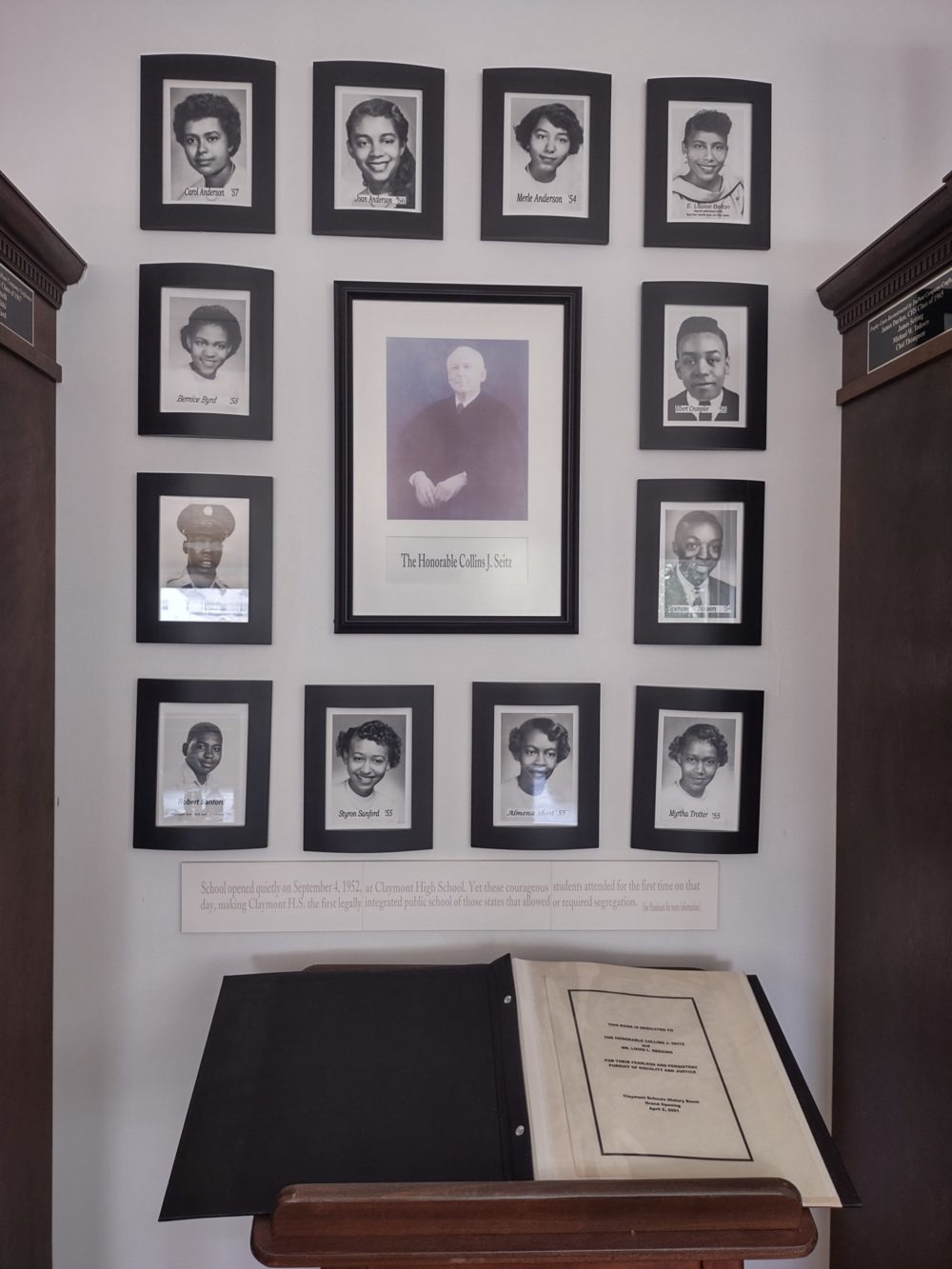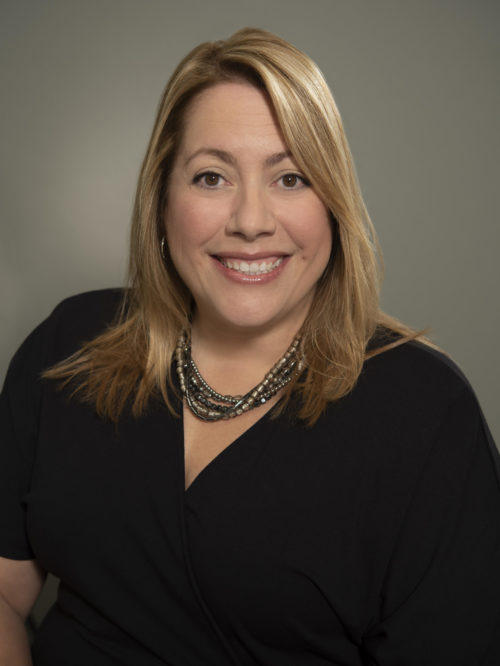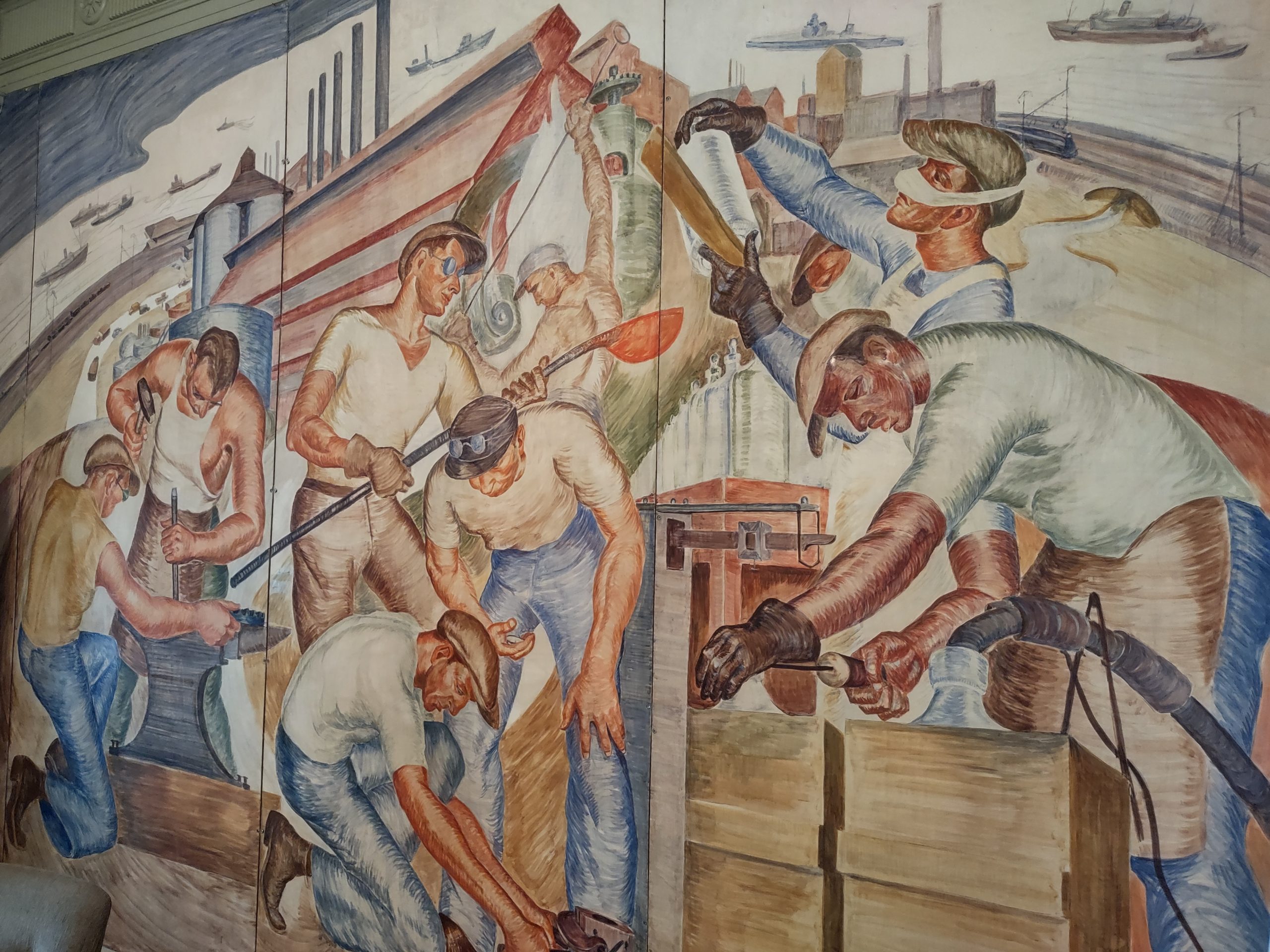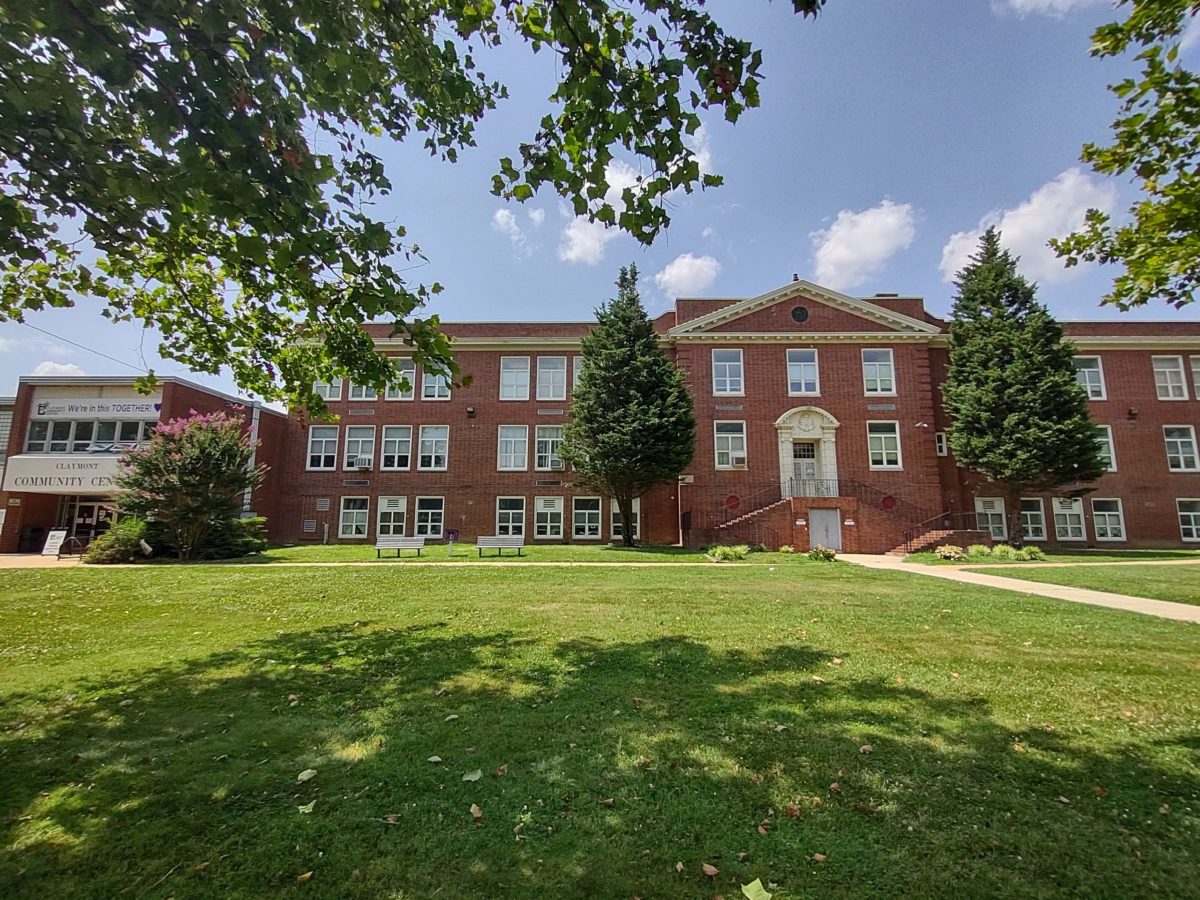Claymont Community Center is quietly one of the most historic sites in the state.
That history is a big part of its modern identity as host to multigenerational, interdisciplinary programming, including technical workforce development — all of which speaks to the org’s mission of “continuing [its] tradition of inclusion.”
Its building was formerly Claymont High School, a formidable brick building that was built in 1924 and, in 1952, became the site of one of the cornerstone cases cited in the Brown v. Board of Education decision that would make public school segregation illegal. That September — two years before the passage of Brown v. Board — 11 Black students were moved from the state’s only all-Black Howard High School to Claymont High where, according to one of the 11, Carol Anderson Neff, the transition was peaceful, in contrast to other, more famous school integration cases that would follow over the next decades.
“There was no National Guard, threatening mobs, police or news media,” Neff said in a testimonial for the book “Recovering Untold Stories: An Enduring Legacy of the Brown v. Board of Education Decision.” “There were no parents hovering around outside, and no fights erupted. We were quietly ushered into the principal’s office. I do not remember what was said, but after the meeting we were taken to our individual classrooms.”
Not only did the Claymont 11 precede Brown v Board, their integration into Claymont High was a historic first for the 17 states that allowed segregation: After Wilmington civil rights attorney Louis L. Redding filed a civil action suit seeking desegregation, Delaware Chancellor Collins J. Seitz declared that the inequality of opportunities for local black and white students needed to be immediately remedied. Claymont’s superintendent of schools, Harvey E. Stahl, defied state law by admitting Black students, and later refused to allow the Delaware attorney general to expel them.
A conference room on the second floor of the Claymont Community Center, where I sat down to chat with its CEO, Allison David, is like a mini museum of the high school, which moved to a different facility in 1969. Trophies, yearbooks and other school memorabilia fill the cases surrounding a conference table.
“People will come by and visit,” she said. “People have come and donated a lot of this. I think we have the yearbook from every single year it was open.”

In the center of one wall, between two trophy cases, is a tribute to the Claymont 11 (plus a 12th Black student who attended during that time) and Chancellor Seitz, their photos prominently displayed above a pedestaled book detailing the school’s civil rights history, made for the room’s official grand opening as the Claymont Schools History Room in 2001. The display could be in the Smithsonian, but at the same time, it’s perfect where it is, memorializing what happened here instead of it becoming a typical conference room.
The Claymont of today is a diverse community that is economically varied. Before David came on as CEO four years ago, the center served mainly adults, including elders at its Brandywine Senior Center. Some of the staff was less than thrilled when the previously quiet center welcomed kids of all ages for programming.
“It’s not a real community center if there are no kids running around,” she said, recalling her response. The center had also closed for the weekend before she kept it open six days a week, including Saturdays, with staff members rotating so they work one Saturday a month.
She takes commitment to the community seriously.
“People have used the word ‘passion’ a lot, and before it become trendy I was using the word ‘purpose,’ because it really is my purpose,” she said. “I talk about this more now: I’m adopted, and I got my mom, and I know without a doubt that I was meant for her and she was meant for me. There’s something I can’t really put my finger on. I had all these blessings and all these privileges and I have to do something with that. It’s a business, I have revenue and expenses, but the people are what drive me here.”

In addition to the senior center, the organization has a food closet and learning center for children and adults, with classes including including English as a second language, GED prep and an adult high school diploma program.
The newest program, launched two years ago, is called Empowered Youth, an after-school and summer program for middle school-aged kids that offers homework help, stress reduction, fitness skills, and leadership and entrepreneurship skills from business leaders in the community.
The building is big enough that it also houses 15 additional site partners, including a Head Start, a private daycare, the McAleer-Paulson School of Irish Dance, a WIC office and five mental health service providers.
“When you look at what community really is, it’s nonprofit, for-profit, businesses, government, stakeholders, so we’re all a nice snapshot of all of the things that are happening in the community,” David said. “Every day someone comes in and says, ‘I had no idea you also had this here.'”
Claymont Community Center also partners with the Delaware Pathway to Apprenticeship program, which has drawn U.S. Rep. Lisa Blunt Rochester as a speaker.
“People need jobs and they need support to be successful,” David said. “We need to focus on opportunities as a strategy to deal with poverty, drugs, violence, all those things.”
Although Claymont CC serves underserved youth and adults, it hasn’t gotten as many grants and opportunities as some other centers. For instance, Delaware has eight Comcast Lift Zones in community centers in New Castle County, but Claymont isn’t one of them. David said she’s been looking into how her center can get in on the program, though, as well as expanded Claymont’s Wi-Fi to reach more spaces in the building.
More broadly, “we’d love to do more collaboration, establish more partnerships,” said David. “One thing we’d love to offer is coding.”
She also has plans for the facilities’ three commercial kitchens once the pandemic has died down. There are two gyms, once of which was actively being used by summer program kids. It looks almost like the set of an early 20th century period movie, with its gleaming purple and yellow paint and vintage bleachers. In another time capsule, near what what once the entrance for high school students, visitors can find two Depression-era murals depicting historic and industrial Claymont. The mural was restored over a two-year project led by the University of Delaware and Winterthur starting in 2012.
Rumor has it, David said, the detailed molding by pre-union workers in the 1920s contains symbolism for eight-hour days and five-day work weeks.
“There’s a lot of history in this place,” she said. “Sometimes I have to stop and look around and say ‘Wow.'”








